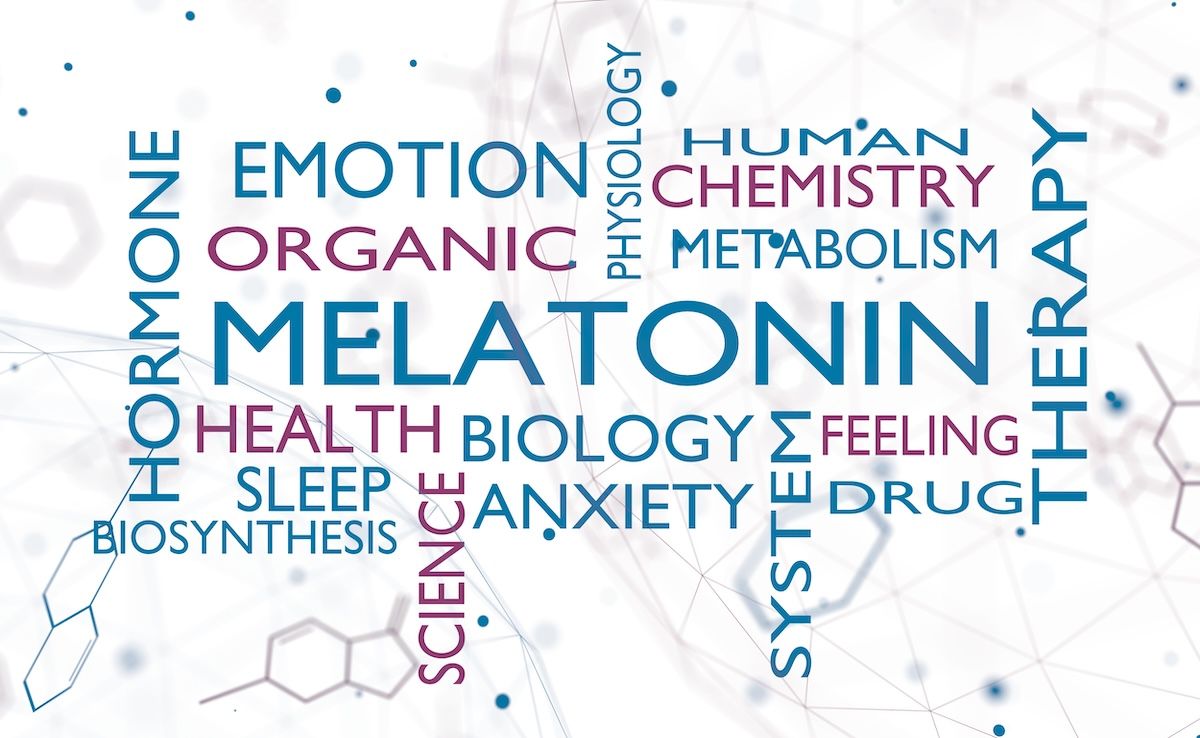Commentary
Video
Accurate Diagnosis of Myasthenia Gravis in Pediatric Patients Is Challenging: Jonathan Strober, MD
Jonathan Strober, MD, explains the initial presentation of myasthenia gravis in a pediatric patient population and why initial diagnosis for these patients can be challenging.
Jonathan Strober, MD, is a pediatric neurologist, director of clinical services for child neurology and of the Muscular Dystrophy Clinic at UCSF Benioff Children's Hospital, and an investigator on the phase 2/3 Vibrance-MG study (NCT05265273), which is evaluating nipocalimab for use in pediatric patients in the US, Japan, Netherlands, and Poland. In this second part of a recent interview, he explains the initial presentation of myasthenia gravis in a pediatric patient population and why initial diagnosis for these patients can be challenging.
“When you first look at somebody with myasthenia, they actually can have a normal exam, and then as you test them, they get weaker and weaker and weaker,” he explains. “There's always other excuses as to why patients are having the symptoms that we're seeing.”
Rewatch part 1 to learn about the significance of the recent FDA approval of nipocalimab for adult and pediatric patients.
This transcript has been edited for clarity; captions were auto-generated.
Transcript
How does myasthenia gravis typically present in pediatric vs adult patients?
Myasthenia gravis in the pediatric population often presents with just problems with moving the eyes—so what we call ocular myasthenia—and then many of those patients will either go into remission within a year or 2, or they will progress to develop generalized symptoms over time. Some do stay just having eye involvement, and that can last for years and years and years as well, and that's pretty similar to adults.
The difference is, in especially in the adolescent population, sometimes the symptoms are problems with facial weakness, so they get droopy eyelids or they can't really smile. Often we hear the parents complain that they're never smiling for the pictures, nobody thinks that there's anything wrong with it, or they're getting pulled over by the teachers worried that they're on drugs, because the eyelids are always droopy and they always look like they're on something. So people don't often believe teenagers as much as we believe adults when they have these sort of nonspecific symptoms of progressive weakness.
I think that's the other problem in myasthenia, is that when you first look at somebody with myasthenia, they actually can have a normal exam, and then as you test them, they get weaker and weaker and weaker. And so then some people start thinking, “Oh, you're just kind of getting tired of being tested” or something like that. There's always other excuses as to why patients are having the symptoms that we're seeing, and so I think that it's a little more challenging in the adolescent population and that you really have to think about it and look for it.
Newsletter
Stay ahead of policy, cost, and value—subscribe to AJMC for expert insights at the intersection of clinical care and health economics.





